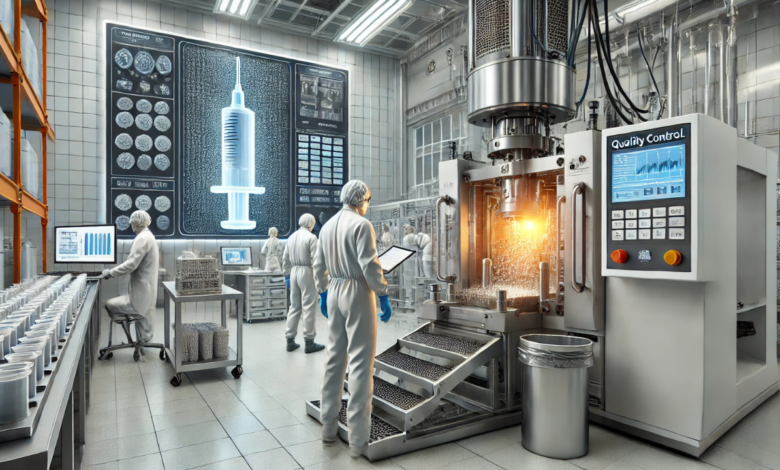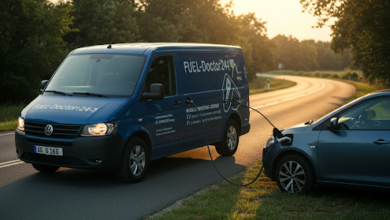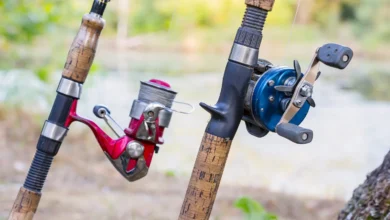Key Technology and Challenges in Medical Plastic Injection Molding

When medical practitioners are expected to deliver quality medicare to their patients, they can only ask for one thing in return, and that is the availability of high-quality medical-grade tools to do so. This is where key technologies that make these tools available to them come into play.
Medical plastic injection molding requires the melting of plastic pellets that are injected into customized molds. After cooling, we have an excellently crafted medical tool that is not just biocompatible but also checks all regulatory specifications laid out by the regulatory organizations.
The essence of employing plastic injection molding in creating medical components is to ensure mass production of biocompatible and safety-compliant medicare instruments. What better way to do this than micro-molding, over-molding, and real-time quality control?
However, like every technological advancement, they are equally rocked by their share of challenges. Let’s carry you through some of these challenges and explore some potential solutions. Shall we?
Overview of Medical Plastic Injection Molding
Medical plastic part design for injection molding as we have briefly stated is a meticulous process that guarantees high-quality medical-grade components. This process launches by melting plastic pellets, and at the exact heating temperature, it is injected into its mold.
The mold is specifically fabricated according to the design of the component being manufactured such as syringes, implants, or catheter connectors. Once in the mold, the cooling process begins and the melted plastic starts forming its shape.
To ensure high precision and tight tolerances, these steps must be regulated and controlled. The cooling temperature should also be monitored for uniformity in the component’s formation. The process is concluded by ejecting the part from the mold as soon as cooling is completed.
Medical-grade components are mandated to possess unique specifications which include biocompatibility. This ensures that they can interact with the human anatomy without complications. In addition, medical plastics must possess chemical-resistant properties. These prerequisites are heavily monitored by the FDA to ensure safe production and the ISO13485 to ensure strict compliance with industry standards.
They are the regulatory organizations empowered to certify that the medical components manufactured are cleared for use. The medical field is popular for its high standards and these standards cannot be compromised.
Key Technologies in Medical Injection Molding
Advanced Materials
Biocompatible plastics such as thermoplastic elastomers, Polycarbonate, PEEK, and Polypropylene play an important role in the manufacturing of flexible yet durable medical-grade components. These are materials that tick all the medical conditions fit to manufacture these components. In addition, their ability to endure sterilization makes them stand out as the best materials to employ. Simultaneously, antimicrobial plastics and biodegradable polymers are now used as advanced materials for sustainability.
Micro Molding
The emergence of micro molding levels up medical injection molding with the opportunity to offer quality medical care to patients. Microdevices such as micro-surgical instruments and microcatheters make surgical procedures less invasive. On top of that, there are fewer scars that heal quickly. Specialized micro-molding machines that possess high precision are employed in making these components.
Multi-Shot and Over-molding
Multi-shot molding is a technological advancement in injection molding that permits the molding of multiple materials to form a single component. Similarly, over-molding works the same way but over-molding entails merging plastic with metal or rubber for a better user experience. Typically, over-molding creates an instrument with aesthetic and functional qualities, and this enhances the productivity of its users.
Automation and Robotics
Automation and robotics in medical plastic injection molding are adopted to increase efficiency and productivity. Essentially, production stages are sped up when automation and robots are deployed and there’s less human error. Furthermore, the risk of contamination is highly reduced, and the possibility of enhanced quality skyrockets. Automation systems ensure impeccable quality control before, during, and after the production process.
Real-Time Monitoring and Quality Control
Reiterating the importance of quality control, this is crucial to the quality of parts manufactured. The best quality control measures are the use of sensors to detect flaws. However apt real-time monitoring is likewise necessary. With that, defects that may occur during production will be identified with proper control measures taken to remediate its effects.
Challenges in Medical Plastic Injection Molding
Material Selection
Every manufacturer encounters various challenges in injection molding, the medical industry isn’t exempted. The first challenge a medical injection molder faces is the accessibility to specific materials. It is paramount for manufacturers to source materials that align biocompatibility with cost, and durability. Attaining this feat may be quite cumbersome, hence the decision of manufacturers to collaborate with material scientists in streamlining their source for materials with the necessary qualities for their objective.
Meeting Regulatory Requirements
Manufacturers try their best to stay abreast of regulatory standards stipulated by the regulatory bodies. From complying with Good Manufacturing Practices (GMP) to ISO13485 and FDA regulations, manufacturers are expected to document every quality control step taken and likewise corrective measures implemented. Nonetheless, robust quality management systems have been implemented to ensure regulations are adhered to.
Process Complexity
One major challenge manufacturers dread is process complexity. This arises from the complex design that is required for the project, usually when dealing with micro-molding. Owing to the smallness of the component, crafting a mold that suits the project can be daunting but not impossible. To counter this limitation, advanced mold designs will be required along with precise process control. Also, cutting-edge practices such as simulation technologies and tools that guarantee excellent precision will do a lot of good in minimizing the complexity.
Sterility and Cleanroom Manufacturing
Medical plastic part design for injection molding cannot exist without sterility and cleanroom production. It is a prerequisite for manufacturing medical instruments. The challenge with this is cleanrooms and sterile environments increase the cost. Not to mention the risk of contamination. However, utilizing a cleanroom is non-negotiable, and maintaining sterility specifications comes with complying with strict cleanroom principles.
High Initial Costs
When counting the cost of an adventure into medical plastic injection molding, the cost of mold for micro-molding, high-precision tools, and cleanroom services can be discouraging. Nevertheless, the advantages of this technique can outweigh its initial costs in the long run.
Conclusion
In a nutshell, given the pros and cons attached to medical plastic injection molding, it is as beneficial as much as it is demanding. However, medical practitioners are introduced to a better option of providing medical care to patients without complications. Furthermore, considering the key technologies that have made the manufacturing technique a revolutionary mode of producing these medical components, it is worth an experience as a manufacturer and as an end-user.




